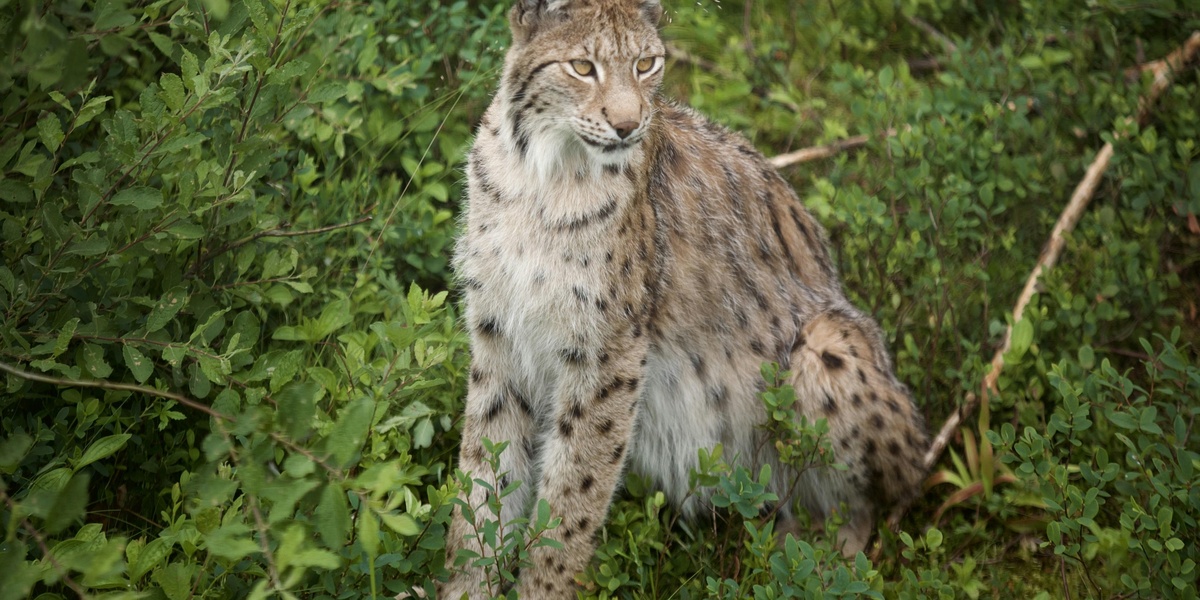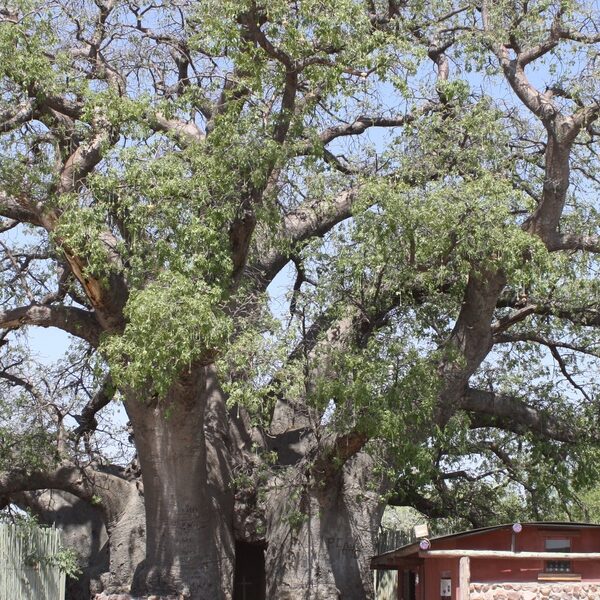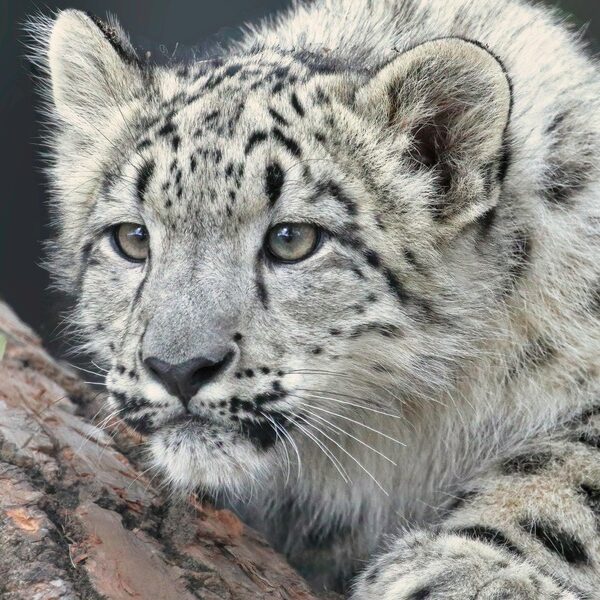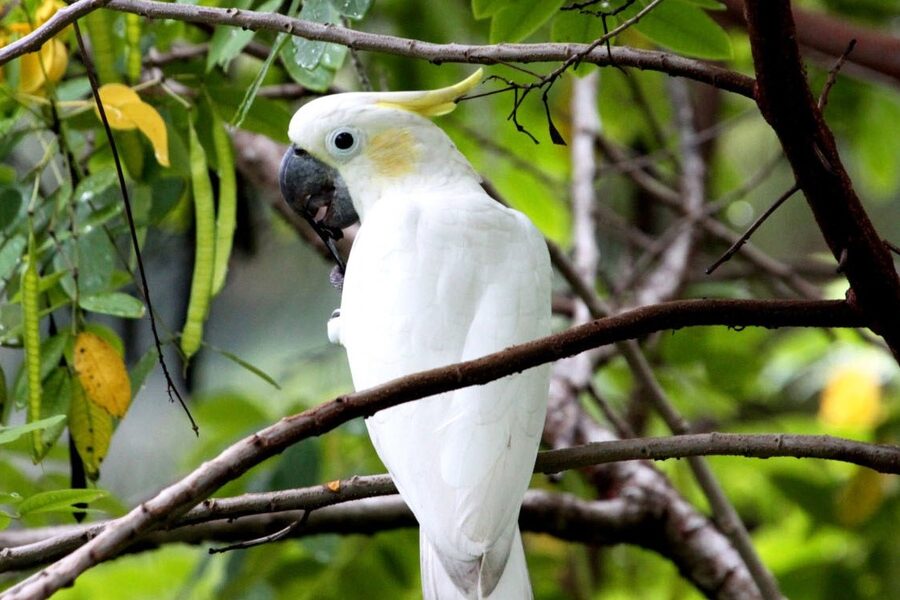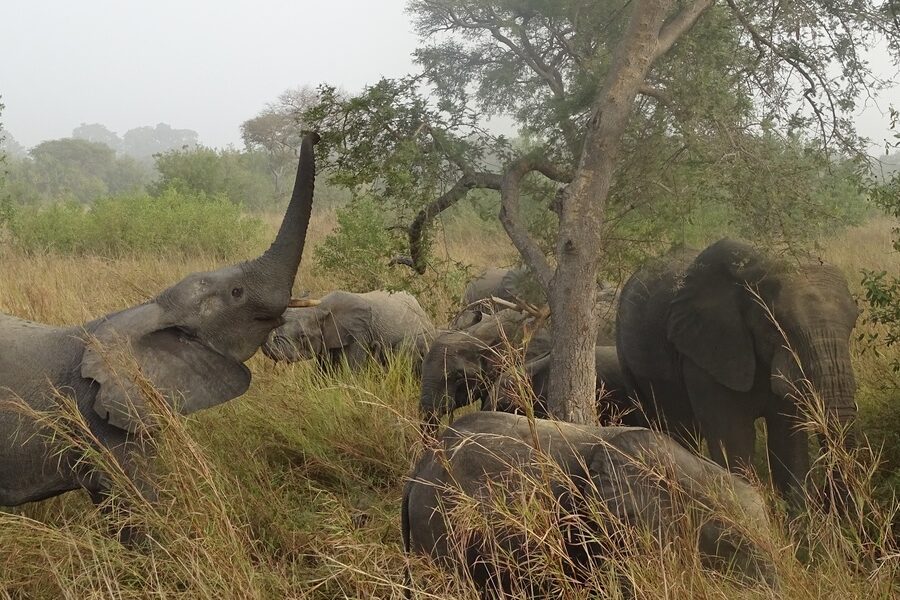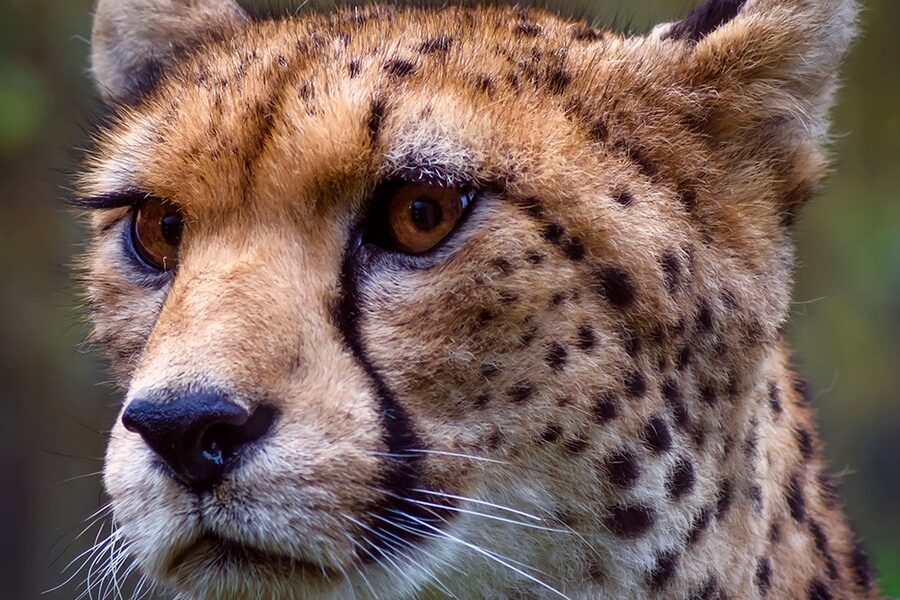North Macedonia’s mountains, lakes and river valleys hide a surprising mix of wildlife, shaped by continental and Mediterranean climates. From alpine ridges to lowland wetlands, the country’s varied habitats support species that are uncommon elsewhere in Europe.
There are 17 Rare Animals in North Macedonia, ranging from the Balkan Chamois to the Saker Falcon. For each entry you’ll find below the data organized as: Scientific name,IUCN status,Where found (hotspots, seasons) so you can see taxonomy, conservation standing and the best places and times to observe them—you’ll find below.
How can I responsibly try to see these rare animals in North Macedonia?
Focus on known hotspots and the right seasons (for example, alpine zones for chamois in summer, open plains and migration corridors for falcons in spring/autumn), join licensed local guides, keep distance, avoid nesting sites, and follow park rules—this reduces disturbance and increases the chance of sightings.
Are the IUCN statuses listed here up to date and what do they mean for protection?
IUCN status indicates global conservation risk and is updated periodically; many of these species also receive national protections or are covered by regional agreements, so check current IUCN listings and local regulations before planning visits.
Rare Animals in North Macedonia
| Name | Scientific name | IUCN status | Where found (hotspots, seasons) |
|---|---|---|---|
| Balkan Lynx | Lynx lynx balcanicus | CR (subspecies) | Mavrovo National Park, remote mountains; all year but extremely elusive. |
| Egyptian Vulture | Neophron percnopterus | EN | Demir Kapija Gorge, Mariovo region; breeding season (Spring/Summer). |
| Prespa Trout | Salmo peristericus | CR | Tributaries of Lake Prespa; all year, but critically rare. |
| Saker Falcon | Falco cherrug | EN | Open landscapes, agricultural areas; rare breeder and winter visitor. |
| Prespa Barbel | Barbus prespensis | EN | Lake Prespa and its basin; all year. |
| Prespa Chub | Squalius prespensis | EN | Lake Prespa; all year. |
| Imperial Eagle | Aquila heliaca | VU | Central and eastern plains, agricultural areas near Tikveš; all year. |
| Ohrid Trout | Salmo letnica | VU | Lake Ohrid; all year, found deep in the lake. |
| Orsini’s Viper | Vipera ursinii | VU | High-altitude grasslands of Šar Mountains, Baba Mountain; Summer. |
| European Ground Squirrel | Spermophilus citellus | VU | Dry grasslands and pastures in central/eastern Macedonia; Spring/Summer. |
| Ohrid Spined Loach | Cobitis ohridana | VU | Lake Ohrid and the Drin river system; all year. |
| Belvica | Salmo ohridanus | VU | Lake Ohrid; all year. |
| Balkan Chamois | Rupicapra rupicapra balcanica | LC (species); VU (regional) | High peaks of Mavrovo, Galičica, Šar Mountains; all year. |
| Brown Bear | Ursus arctos | LC (species); VU (regional) | Mavrovo, Pelister, Galičica National Parks; Spring to Autumn. |
| Macedonian Crested Newt | Triturus macedonicus | NT | Ponds and slow streams in western Macedonia; Spring breeding season. |
| Hermann’s Tortoise | Testudo hermanni | NT | Dry, scrubby habitats across the country; Spring to Autumn. |
| Ohrid Sponge | Ochridaspongia rotunda | DD | Lake Ohrid, deeper waters; all year. |
Images and Descriptions
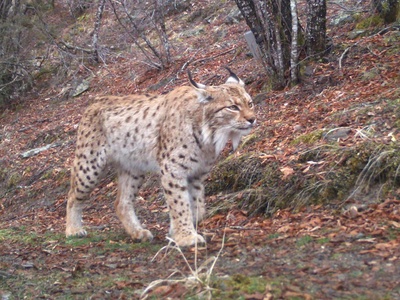
Balkan Lynx
One of Europe’s most endangered mammals, with fewer than 50 individuals left. This elusive cat is a national symbol, and conservation efforts are critical for its survival against poaching and habitat loss.
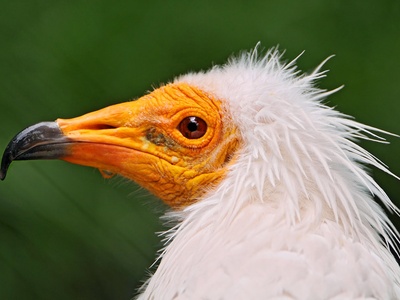
Egyptian Vulture
A small, intelligent vulture known for using tools. Its Balkan population has plummeted due to poisoning and habitat loss, making sightings of this “Pharaoh’s chicken” incredibly rare and important.
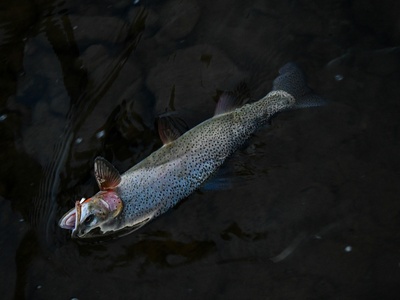
Prespa Trout
This critically endangered trout is found only in a few cold, clear streams flowing into Lake Prespa. It faces imminent extinction from hybridization with introduced trout and severe habitat degradation.
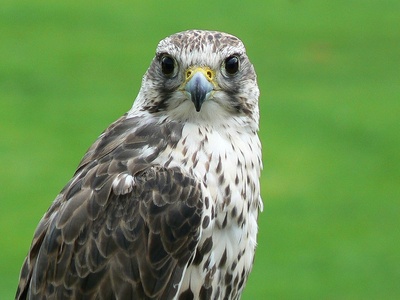
Saker Falcon
One of the world’s largest falcons, this powerful hunter is critically rare in the Balkans due to habitat loss, electrocution on power lines, and illegal trapping for the international pet trade.
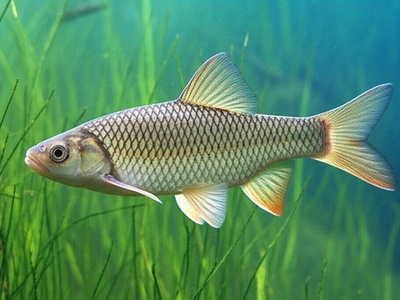
Prespa Barbel
An endemic fish species found nowhere else on Earth but the unique ecosystem of Lake Prespa. It is severely threatened by water pollution, extraction, and competition from invasive species.
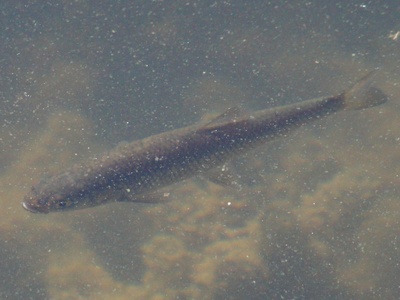
Prespa Chub
Another fish endemic only to Lake Prespa. Its population is in steep decline due to the same severe threats facing the entire lake ecosystem: pollution, water level changes, and invasive species.
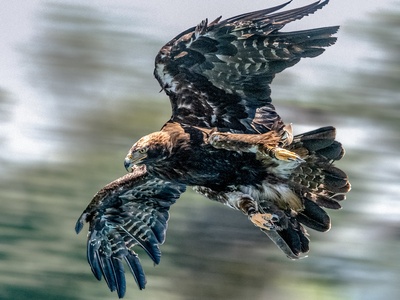
Imperial Eagle
A majestic eagle with a ‘crown’ of golden feathers on its head. North Macedonia holds a tiny, fragile breeding population threatened by habitat loss, electrocution, and poisoning.
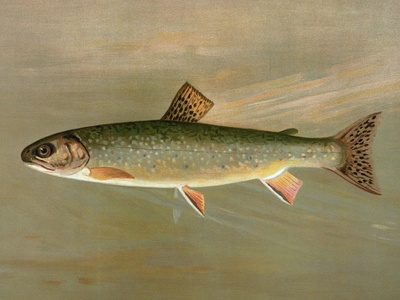
Ohrid Trout
A famous endemic fish from ancient Lake Ohrid, a ‘living fossil’ lake. Overfishing, pollution, and poaching threaten this prized species, a cornerstone of the region’s natural heritage.
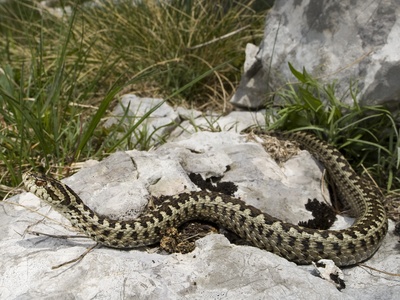
Orsini’s Viper
Europe’s smallest and most threatened venomous snake. This shy viper relies on specific alpine meadows that are disappearing due to overgrazing and land-use changes, making it very hard to find.
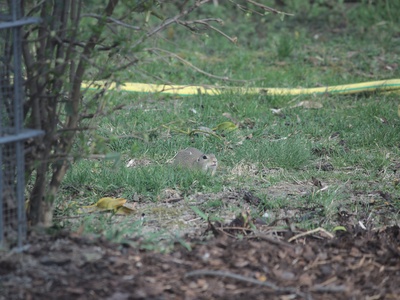
European Ground Squirrel
A social rodent, or “souslik”, that lives in colonies and hibernates underground. Its steppe-like habitat is vanishing due to agricultural intensification, impacting the eagles that prey on it.
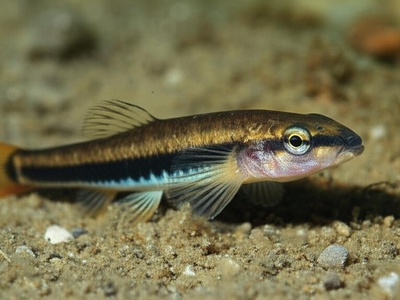
Ohrid Spined Loach
A small, bottom-dwelling fish endemic to the ancient Lake Ohrid ecosystem. Like many of the lake’s unique species, it is vulnerable to pollution, invasive species, and habitat changes.

Belvica
Also known as the Ohrid belvica, this is another salmonid fish species endemic to Lake Ohrid. It is a key part of the lake’s food web but is highly threatened by illegal fishing and environmental pressures.
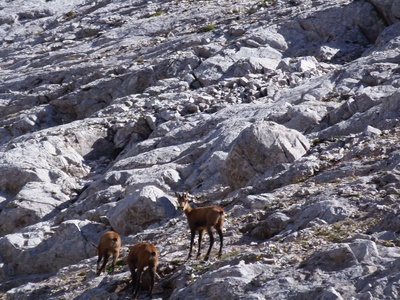
Balkan Chamois
An agile goat-antelope adapted to steep, rocky terrain. This Balkan subspecies is a symbol of the Macedonian highlands, threatened by poaching and disturbance, but visible to patient high-altitude hikers.
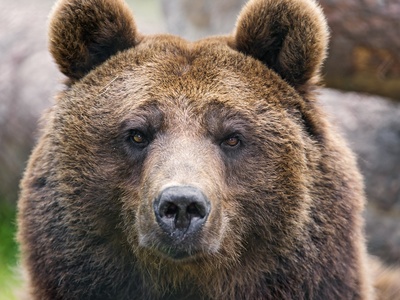
Brown Bear
The Dinaric-Pindus population is regionally vulnerable. These magnificent omnivores are a key part of the ecosystem but face threats from habitat fragmentation and human-wildlife conflict.
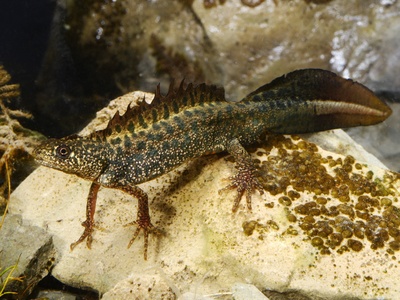
Macedonian Crested Newt
A striking amphibian with a jagged dorsal crest during breeding season. Endemic to the western Balkans, it’s threatened by wetland drainage and pollution, highlighting the fragility of freshwater habitats.
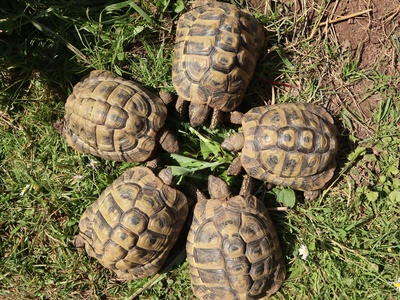
Hermann’s Tortoise
This charismatic tortoise is threatened throughout its range by habitat destruction and, most significantly, illegal collection for the international pet trade. Finding one in the wild is a special and increasingly rare treat.
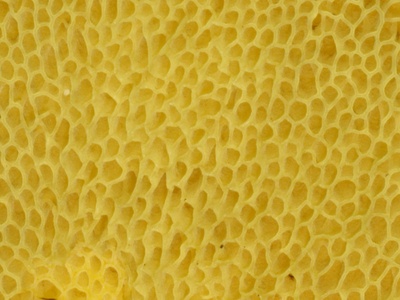
Ohrid Sponge
A unique freshwater sponge endemic to Lake Ohrid, considered a living fossil. This simple, ancient animal is a symbol of the lake’s globally important biodiversity and is very sensitive to changes in water quality.
